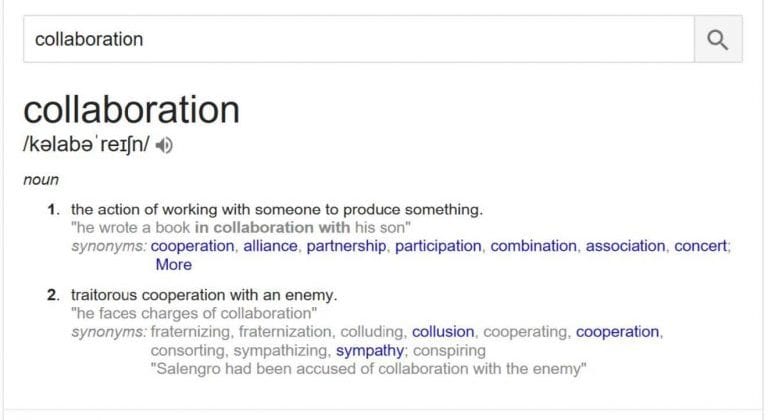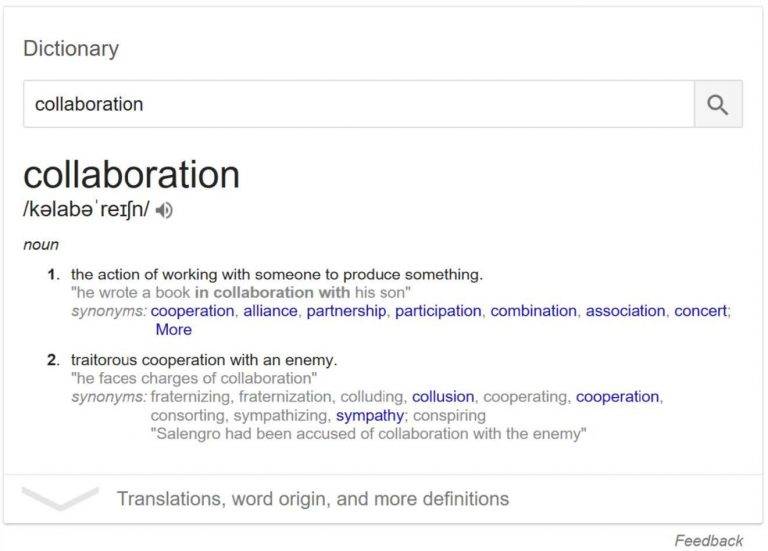


When a woman and man collaborate, they create new life. However, this spirit of collaboration hasn’t really become a core value for organisations and government alike. During my undergraduate experience, competition was rewarded whereas collaboration was considered as ‘cheating’. But after having spent just a few months in the Anant Fellowship, I realised how this incentive system was promoting friction rather than harmony. Because the approach to view things is extremely different here. Our cohort may not like each other, may fight for trivial things just like a family, but we stand united on a thread of ‘collaboration’. When it comes to working together or helping someone out, we set aside our differences and contribute through the multiple lenses that we bring to the table to solve the problem.
A typical day in the fellowship for me is nothing short of an adventure. I start my day by going for a walk in the campus, accompanied with a Christian from Madras and a Gujju from Bombay, where we spend some time reflecting on our life while admiring the biodiversity that surrounds us. By the time we step into our lecture rooms, I sit beside a writer from Pune with whom I usually gossip about how good or bad this module is turning out to be. On some rare evenings I decide to cycle back to the hostel while singing old Hindi movie songs accompanied with a historian from Ladakh who writes heart-warming poetry. Post dinner, I have this ritual of playing a table tennis match with an expert on sustainability from Ghana. Whosoever loses the match, ends up sponsoring the other person’s ice cream (I’ve gained a lot of weight recently). By the time I’m about to call it a day, my roommate, who is a mechanical engineer from Hyderabad, is curious to share and exchange the experiences that we witnessed during the day. When I first met him, I almost dreaded the thought of living with him, but as we started to have more conversations and sharing our insights, we realised how similar we are. I soon realised this
baggage of judgement and apprehension I carried, was because of my past experiences. This dates to my working experience in a multi-national architecture consultancy in Delhi. The process of completing a task, rested on various teams, across various departments and across various countries, but all of it happened in decentralised silos. The communication between the departments was limited. Collaboration was taking place amongst the same group of people, who belonged to the same school of thought and usually came up with similar solutions. This may have helped in achieving efficiency in terms of time, but how far can this approach go in terms of solving complex and unprecedented problems of the built environment?
The world needs to build 2 billion new homes over the next 80 years, as per world economic forum. How do we ensure that we achieve this without ruining our planet? Through Collaboration!
Through building channels of communication across diversity and through involving every stakeholder in the process of providing the solution.

The contemporary world has realised the importance of it and we are beginning to see changes. Through my lens, the future will have more collaborations rather than corporations and competition. I already see it everywhere.
When we get to have multi-sensory experiences, our mind and body stimulates more organically. A collaboration of senses.
An orchestra is a collaboration of multiple people and instruments coming together to create harmony
In most urban settlements, a street acts as a collaborative channel of the city. People engage in multiple activities, through groups or individually. This collective engagement is what shapes the culture of cities. A cosmopolitan is merely a collaboration of multiple sub-cultures.
New age co-working and co-living spaces like ‘Roam’ is an example of creating spaces where people come together from diverse backgrounds to socialize, network and learn from each other. Much like Anant Fellowship.
Large furniture corporation like IKEA is now collaborating with niche designers like Ilse Crawford to redesign the experience of people visiting their stores. She puts in a beautiful way, ‘The best results are always with collaboration and contrast”.
NASA and LEGO are collaborating to design tools to aid education amongst kids.
Solar Impulse, a solar powered aircraft to move towards a sustainable means of transportation. It is a collaborative effort of Omega, Schindler and Deutsche Bank. To fund this initiative, they started a crowdfunding ‘Supporters Program’.
Harvard and MIT, came together to start an online learning platform, ‘edX’. A collaboration between the so-called competitors.
Social media is another industry which has vastly benefited through collaboration. We get access to a whole new world, which physically seems quite far to reach daily. A few fellows in my cohort have already collaborated to start a company which provides personalized desk solutions through art. Another fellow and me are also collaborating to form an online media company through the medium of comics. This new-found zeal amongst the fellows to come together and work on something they share a vision towards is an accomplishment of the fellowship. The space has rendered us the freedom to unlearn the social institutionalisation that raised a barrier in front of our will. Research shows that as infants, we are intuitively collaborative, but this gets lost due to age old education and organisation structures. The fellowship has empowered us to question the status quo and thus, while some of us might join existing organisations and reinvent the wheel there, others might end up setting up their own organisation where collaboration is rejoiced as a core value. Each and every fellow in the program is unique, this uniqueness is valued and appreciated in our environment which aids the process of collaboration and not of judgement. As part of my Live Action Project, I’m collaborating with a visual artist and a strategic designer from the fellowship to design a physical collaborative learning model, if successful, can be tested as a pilot for other institutions to mirror and test out.
To explain what I did with roughly 1000 words, Steve Lacy managed to put across through a sentence – “I think it is in collaboration that the nature of art is revealed.”
Archit Thapar is a student of Anant Fellowship, Anant National University’s flagship programme. The views expressed here are personal.